Robert Redfield, former CDC Director, recently predicted that the next pandemic could be caused by bird flu.
He stressed that it’s not a question of if, but when it will happen. Redfield’s alarming prediction highlights the need for increased vigilance and preparedness against potential pandemics.
First Human Death from Bird Flu

The World Health Organization reported the first human death from bird flu in Mexico. This incident underscores the virus’s deadly potential.
The bird flu virus has also been detected in cattle across the United States, raising further concerns about its spread.
Higher Mortality Rate Compared to COVID-19

Redfield warned that the mortality rate for bird flu could be much higher than that of COVID-19.
While COVID-19 had a mortality rate of approximately 0.6%, bird flu could have a mortality rate between 25% and 50%. This stark difference highlights the potential severity of a bird flu pandemic.
Recent Cases in the US
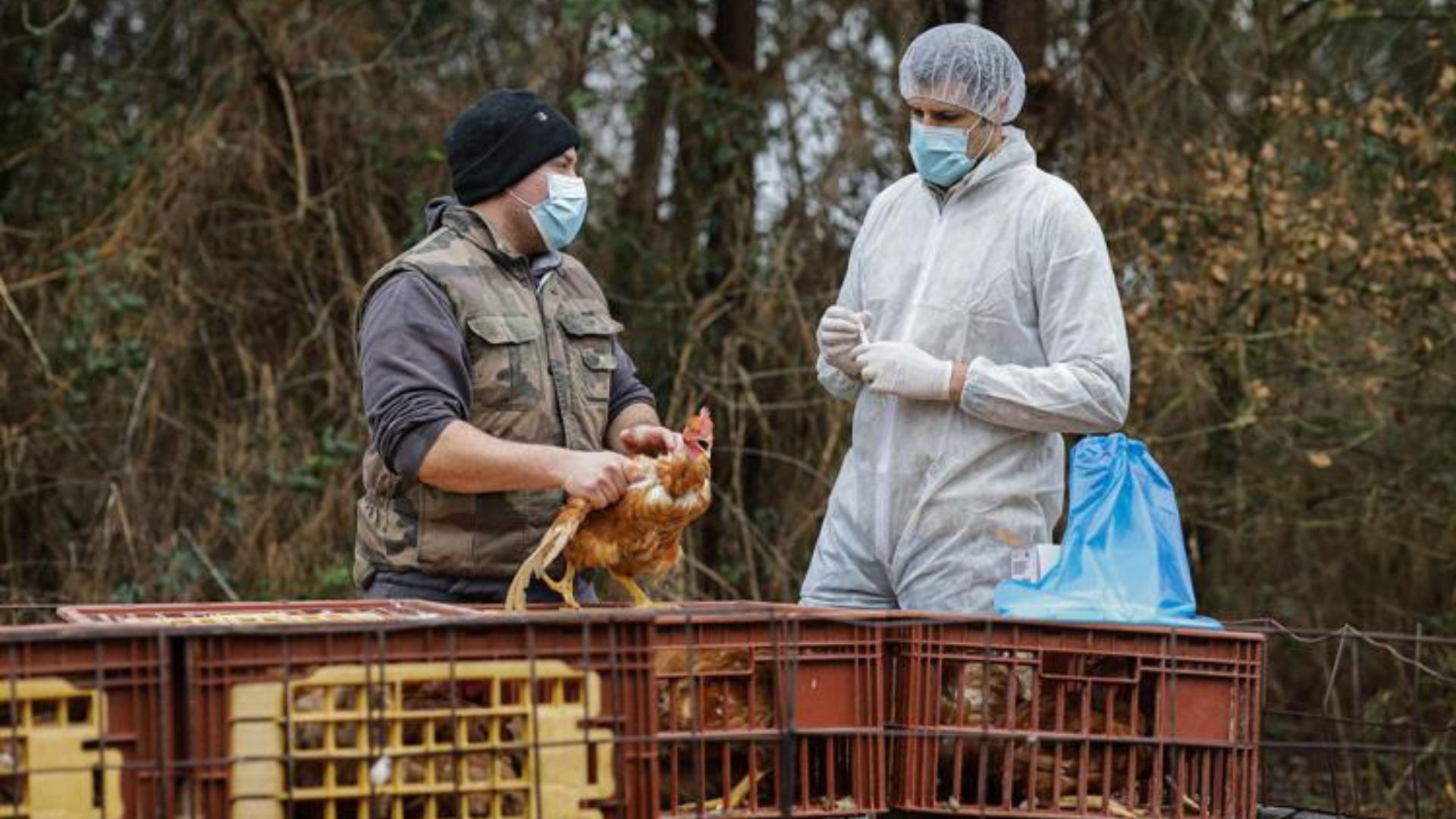
In late May, the CDC identified the third case of bird flu in a person since March.
The cases were found in farmworkers and were unrelated, showing symptoms like a cough and pink eye. Despite these cases, there is no indication that the virus is spreading between humans.
Transmission Between Humans

Researchers have discovered that five amino acids must change in the virus’s key receptor for bird flu to transmit between humans.
This change would allow the virus to spread similarly to COVID-19. Redfield emphasized that once this change occurs, a pandemic would be inevitable.
Monitoring and Risk Assessment
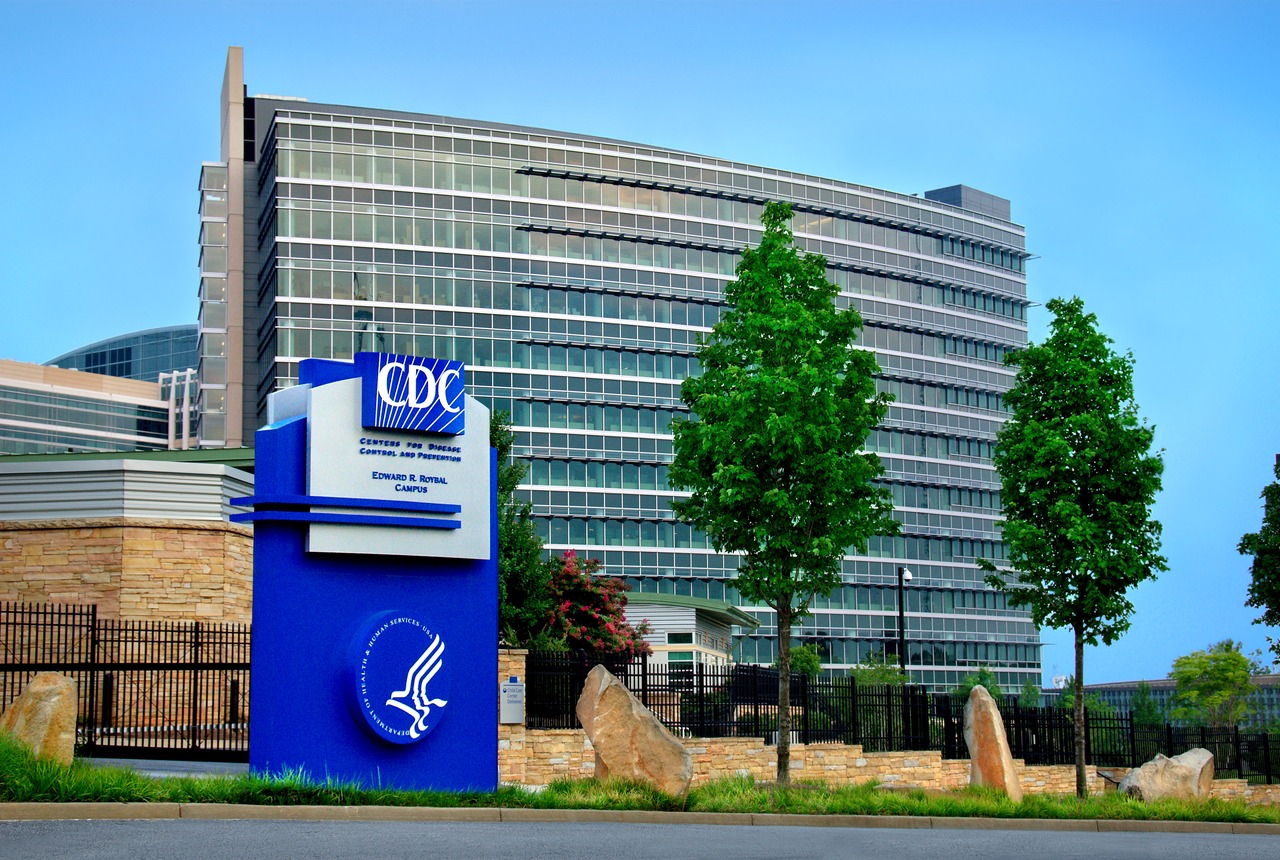
The CDC is monitoring wastewater treatment sites to track the virus’s presence and spread.
Although the current risk to the public remains low, the detection of the virus in over 40 cattle herds across the United States is concerning. Continuous monitoring is essential to assess and mitigate risks.
The Lab-Created Risk
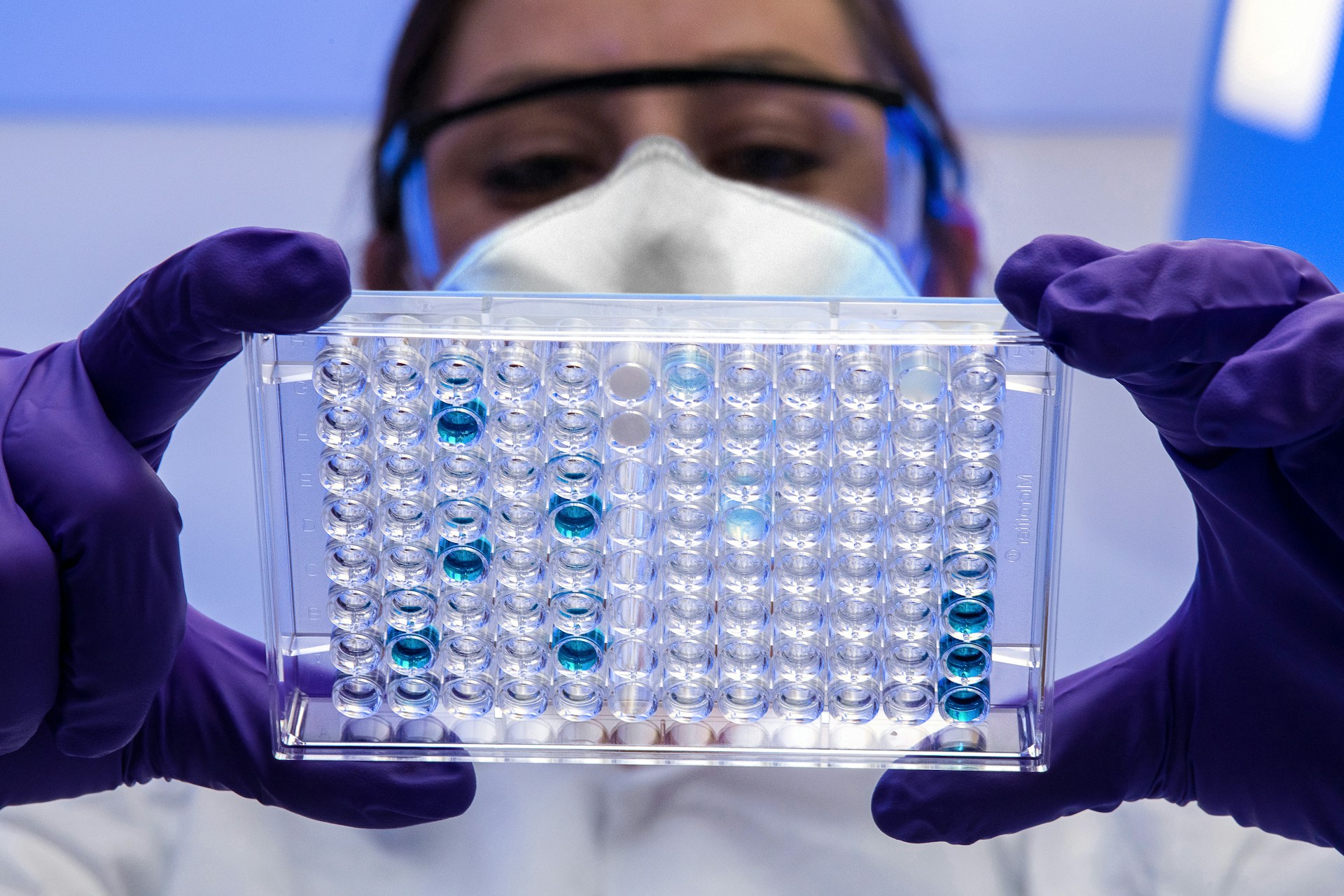
Redfield highlighted the potential risk of the virus being engineered in a lab.
In 2012, scientists published the method for making bird flu highly infectious to humans, despite Redfield’s recommendations against it. This knowledge poses a significant threat if misused.
Global Health Implications
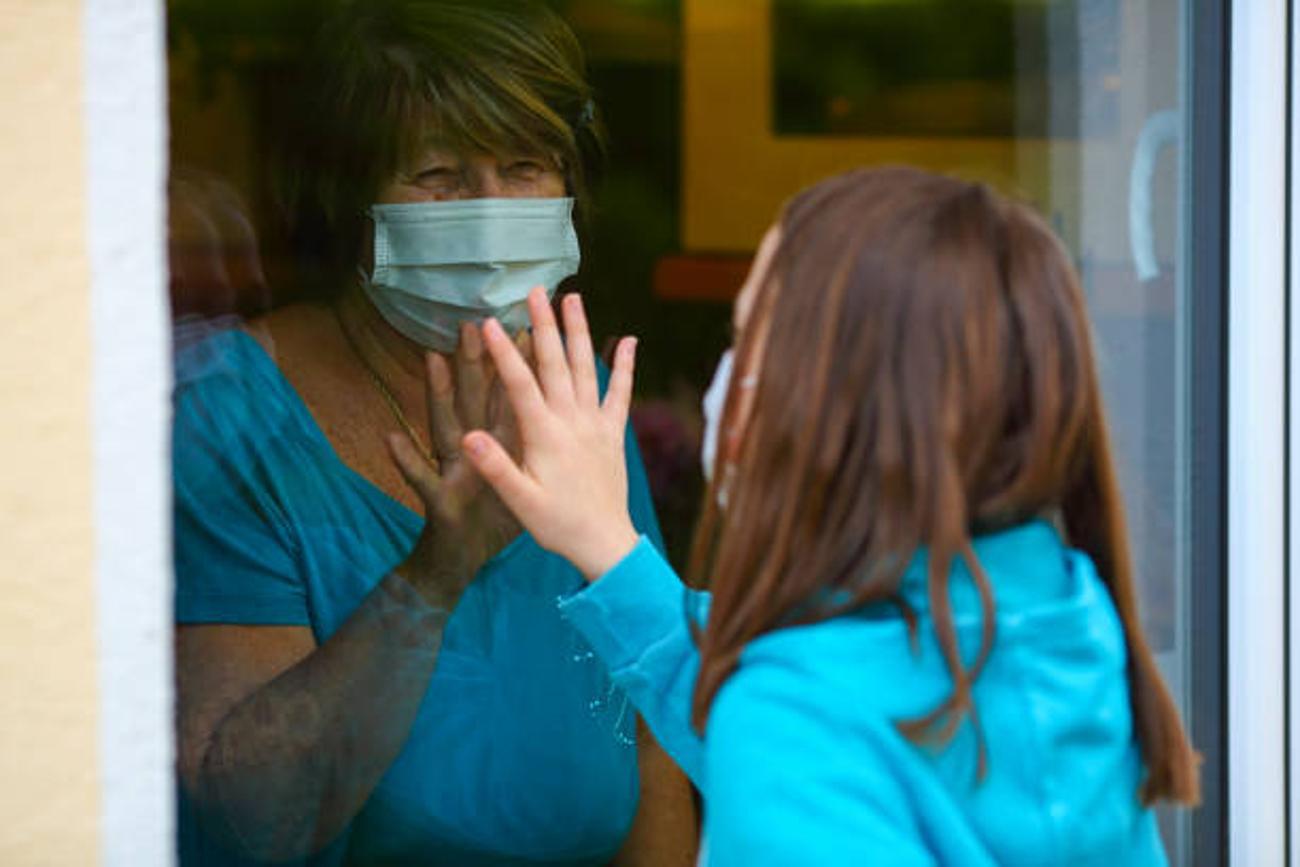
The potential for a bird flu pandemic emphasizes the importance of robust health systems and international cooperation.
Global health organizations and governments must work together to enhance monitoring, research, and preventive measures to protect public health.
Preparedness and Vigilance

Given the possibility of a bird flu pandemic, it is crucial for health authorities to remain vigilant and prepared.
Timely surveillance and preventive strategies can make a critical difference in managing and potentially averting future pandemics.
The Role of Public Awareness

Public awareness and education are vital in preventing the spread of infectious diseases.
People should be informed about the risks and symptoms of bird flu, as well as the necessary precautions to take in case of an outbreak.
Future Research Directions
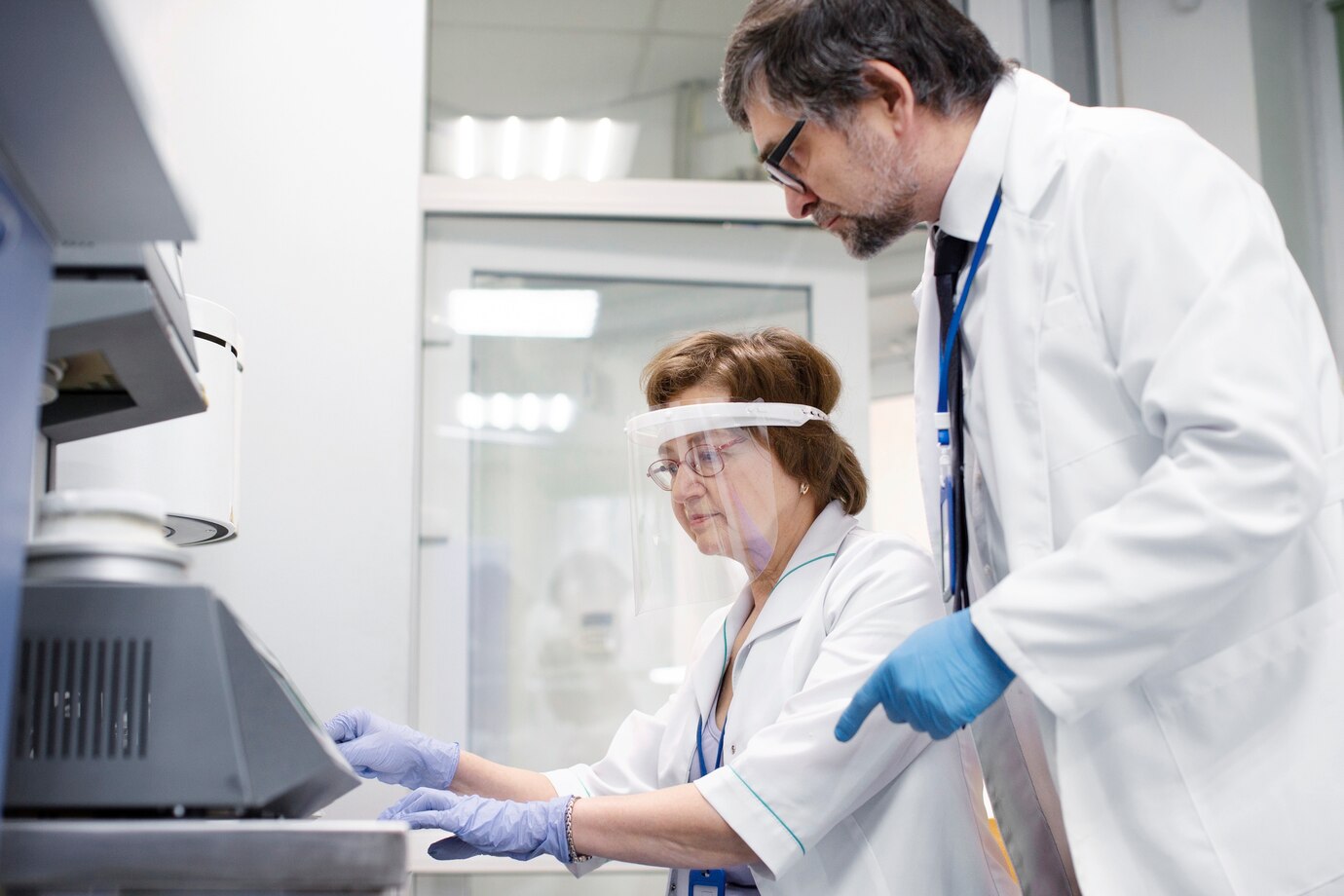
Ongoing research is essential to understand how bird flu can mutate and spread. Scientists are focusing on identifying potential mutations and developing vaccines to combat the virus effectively.
Continued investment in research will help mitigate the risk of future pandemics.
Call to Action

Redfield’s prediction serves as a wake-up call for the global community. It is crucial to invest in public health infrastructure, research, and education to prepare for potential pandemics.
By staying informed and proactive, we can better protect ourselves and future generations from the devastating effects of pandemics.








































